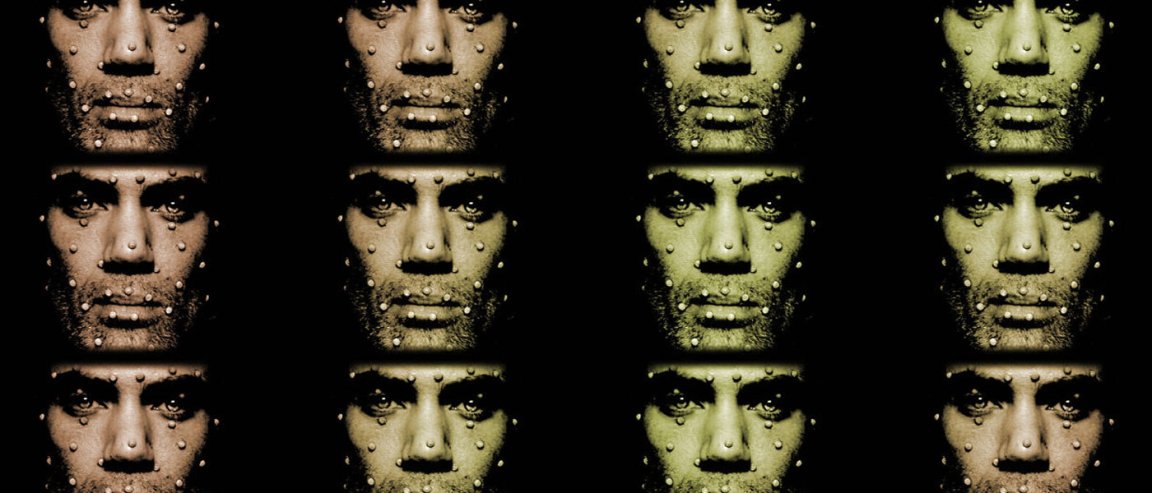
Reading Criminals’ Faces
Assessing a person’s trustworthiness and innocence based on their facial characteristics may seem like a very judgmental thing to do, but several studies have tried to show that these criticisms could hold some water. Nineteenth century criminologist Cesare Lombroso theorized that some people were ‘born criminal’, manifesting in certain facial features. More recently, psychologists from Cornell University demonstrated that people are generally quite accurate at judging criminality based on facial appearances.
Adding to the body of evidence is a development from Shanghai Jiao Tong University where a neural network that can correctly identify criminals and noncriminals with an accuracy of 89.5 percent.
Images of 1856 Chinese men, with controlled age and facial expression, were collected by the researchers. About half of the men were convicted criminals. 90 percent of the photographs were used to train the machine-vision algorithms, and the rest of the images were the test group.
Developers Xiaolin Wu and Xi Zhang noted that the AI decided whether the image was of a criminal based on three features: larger curvature of the upper lip, shorter distance between the eyes, and a smaller angle made by a triangle drawn from the tip of the nose to the corners of the mouth.

AI Ethics
The statistical data gathered by the researchers still leads to many questions, and the study isn’t a finite rubric for telling who’s a criminal and who’s not. It does stir up the controversy of whether criminality is embedded in our DNA, and how easily deep-learning machines can determine this.
This development raises concerns on how we could use this tech—based on just imaging, passports or drivers licenses could point out possible law-breakers, whether or not they have committed a crime. There is a host of constitutional issues that such technology would raise, including due process and privacy rights.
A future of these possibilities have convened some of the world’s tech giants, including Google, Microsoft, and IBM, to develop a guide for the ethical use of AI. Technology is rapidly advancing, and it is imperative that we all work together so that it is leveraged to help and further develop humanity.